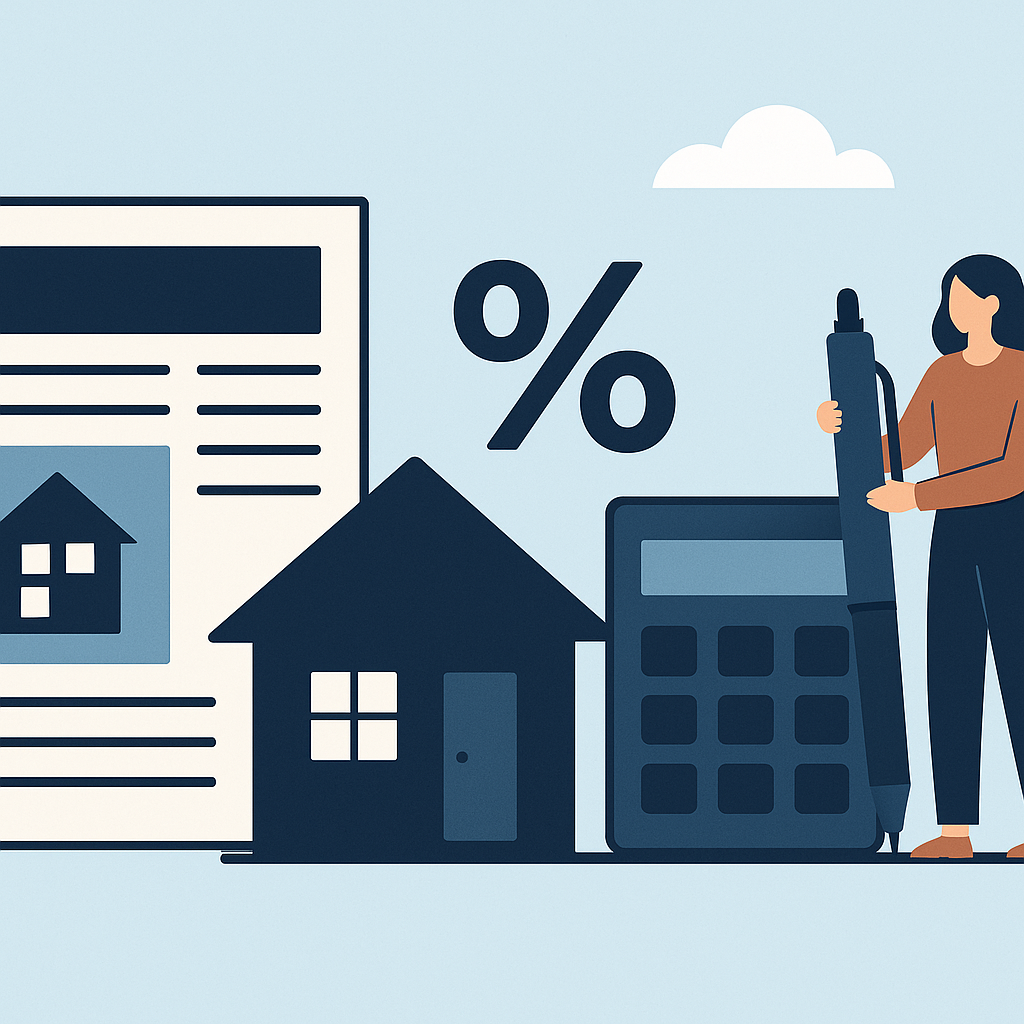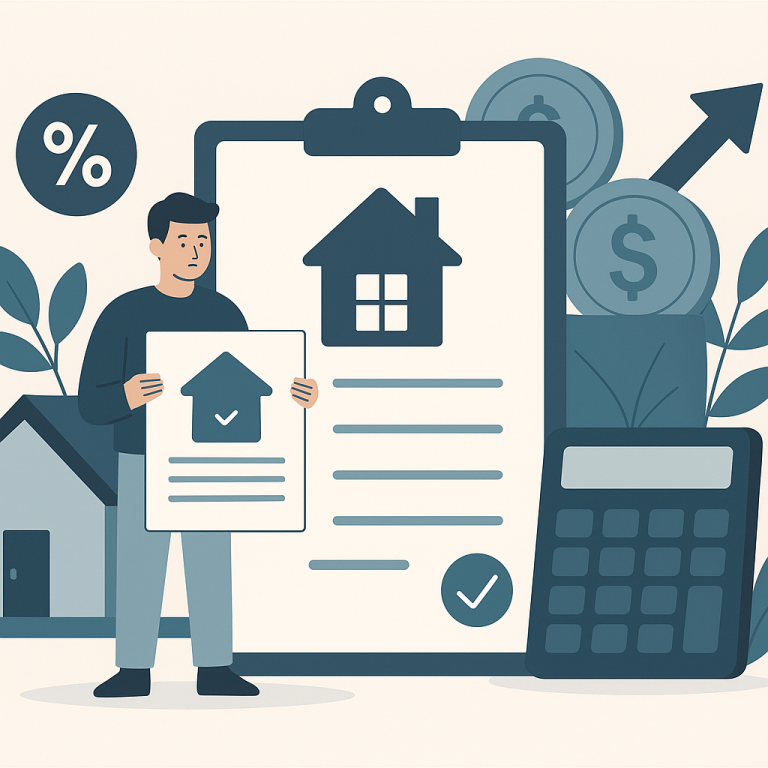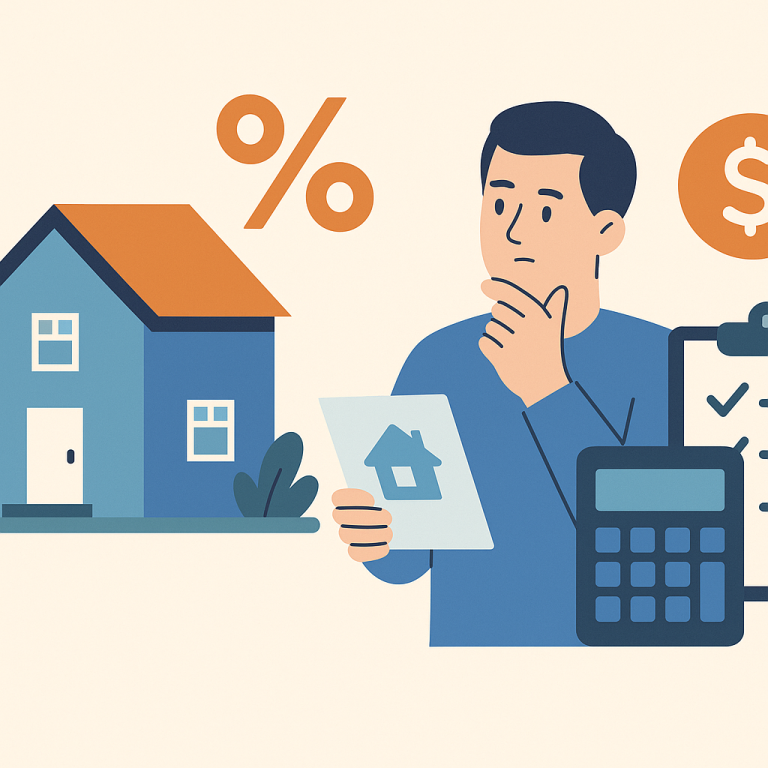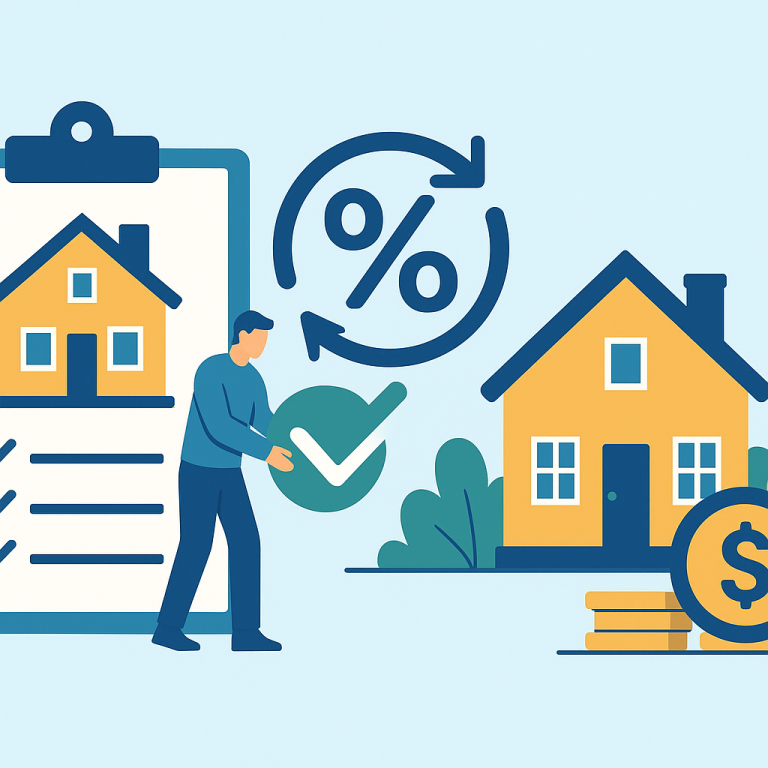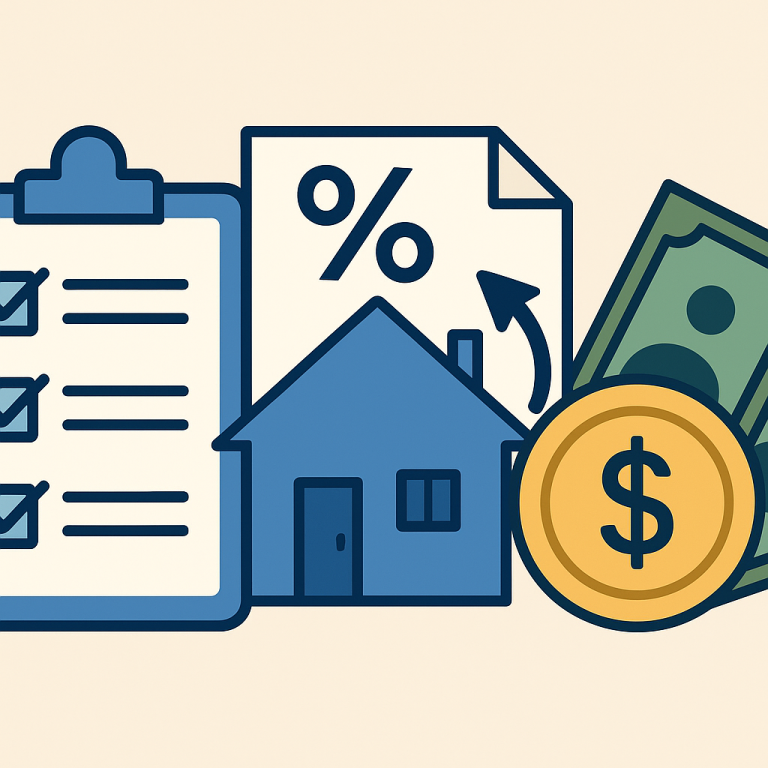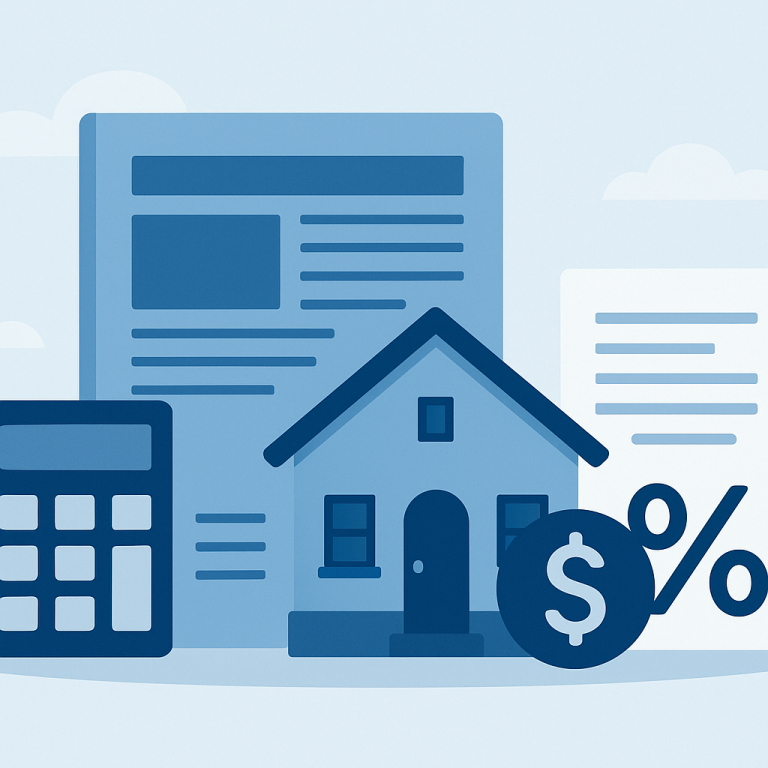Fannie Mae Tightens Refinance Underwriting, Raising Income Verification Standards
Refinancing Resurgence: Why Homeowners Should Prioritize Break-Even and Term Alignment
Refinancing activity has picked up as mortgage rates fluctuate, but lower advertised rates alone are not a sufficient reason to refinance. Homeowners who evaluate the total economics of a refinance — closing costs, remaining term, and how the new loan fits long-term plans — are more likely to benefit. This article explains the practical checklist homeowners should use to decide whether to refinance now or wait.
Why a Rate Drop Doesn’t Always Mean Refinance
Lenders often promote lower headline rates when market conditions improve, and that can create a sense of urgency. However, the headline rate ignores transaction costs and the structure of the replacement loan. Closing fees, points to buy a lower rate, and potential changes to the loan term can offset nominal interest savings. Additionally, some borrowers may need to re-establish documentation or pay higher fees if their credit profile changed since the original mortgage.
Key Factors to Evaluate Before Refinancing
A disciplined evaluation focuses on how long you plan to keep the home and what you want the loan to accomplish. Consider these elements:
- Break-even point: Calculate how long it will take for monthly savings to recover refinancing costs. If your expected time in the home is shorter than the break-even period, a refinance may not be beneficial.
- Loan term alignment: Decide whether you want to shorten, maintain, or extend the remaining loan term. Shortening can increase monthly payments but reduce total interest; extending can lower payments but increase lifetime interest.
- Closing costs and points: Account for origination fees, appraisal, title, and any points paid to lower the rate. These up-front costs materially affect the economics.
- Equity and loan-to-value (LTV): Sufficient equity generally improves access to favorable pricing. Cash-out refinances reduce equity and change risk characteristics of the loan.
- Credit profile and documentation: Improved credit can yield better offers; conversely, changes to income or credit can raise costs or disqualify a borrower from streamlined options.
- Prepayment penalties and special features: Confirm any penalties on the current loan and consider whether features like adjustable rates or temporary payment relief are being swapped for different terms.
When Refinancing Makes Strategic Sense
Refinancing tends to be most attractive when the monthly savings are meaningful relative to the borrower’s goals and the break-even timeframe fits expected plans for the property. Homeowners pursuing shorter pay-off horizons often find value in switching to a shorter-term fixed rate, while those seeking immediate cash for renovations or consolidation may consider a cash-out option only after weighing the loss of equity.
Practical Steps for Homeowners
Before committing, gather recent mortgage statements, current credit scores, proof of income, and an estimate of closing costs from lenders. Compare multiple offers, including rate-and-term and cash-out options, and use a consistent method to compute break-even and total interest differences. Talk to a mortgage professional to confirm assumptions about fees and timelines.
Homeowner Takeaways
- Don’t refinance solely for a lower headline rate; compute the break-even point including closing costs.
- Align the new loan term with your long-term plans to avoid unintended increases in total interest.
- Verify equity, credit status, and documentation requirements before applying to avoid surprises.
- Obtain multiple lender quotes and confirm all fees to ensure the refinance accomplishes your financial goals.
META: refinancing-break-even-term-alignment-homeowner-tips

